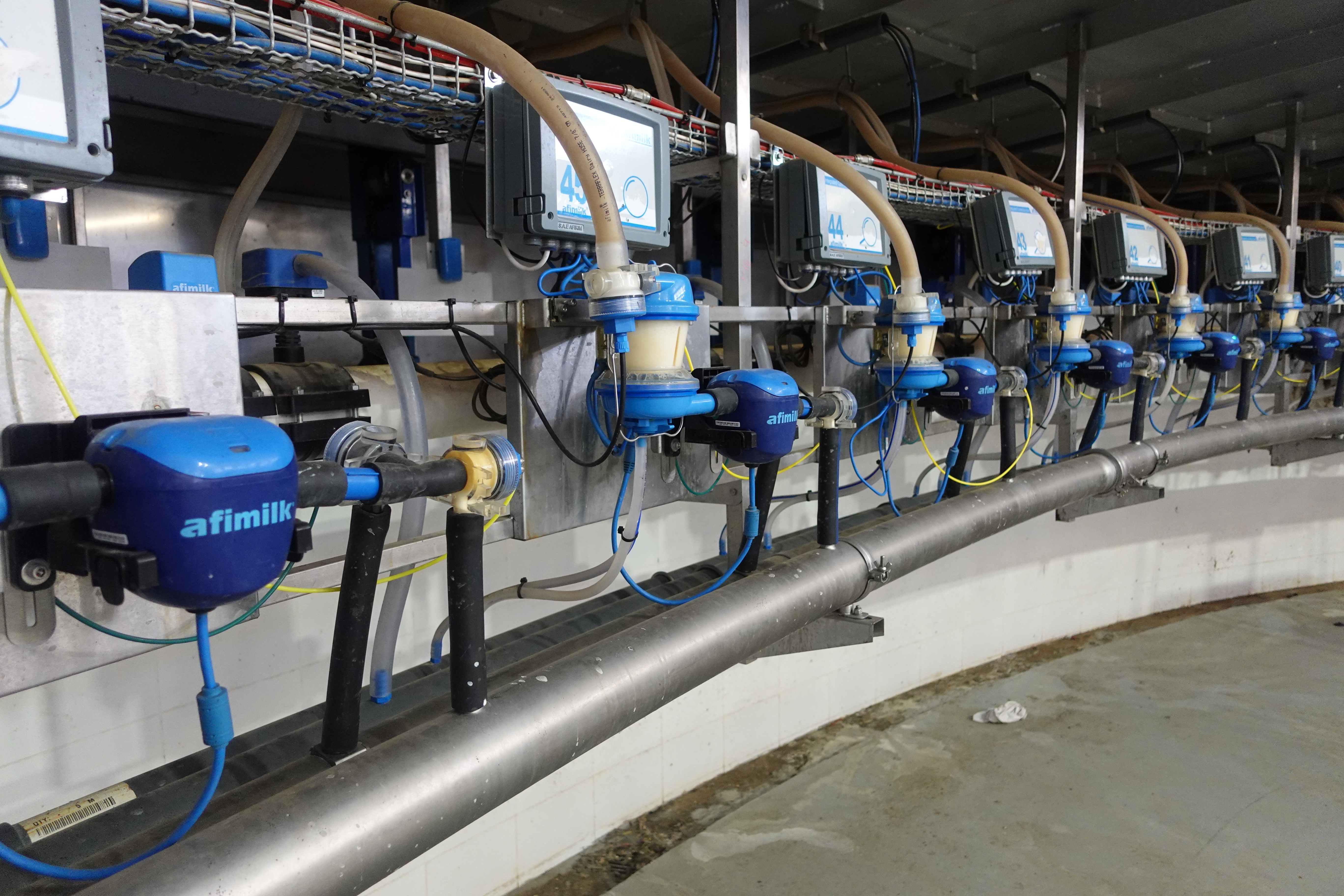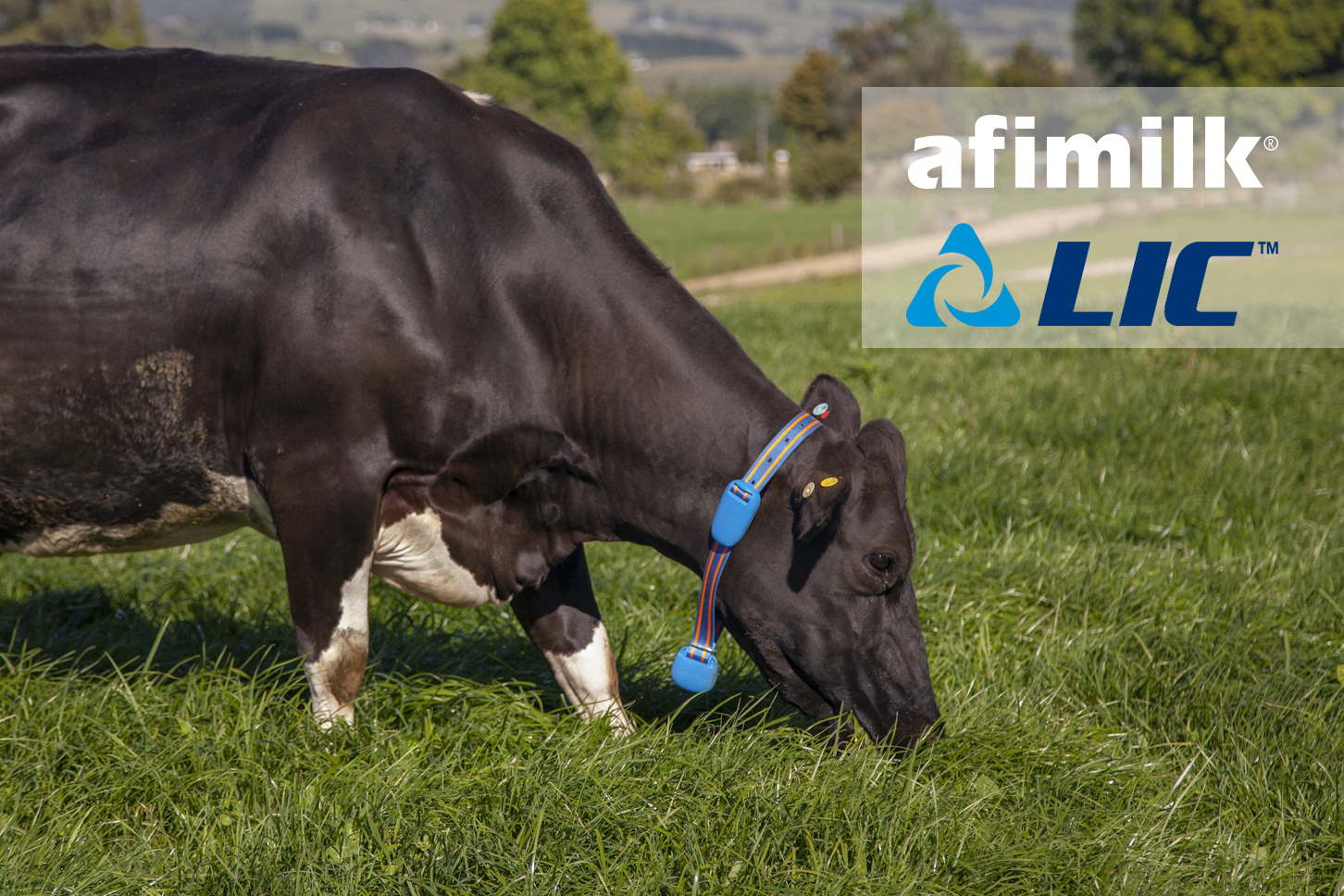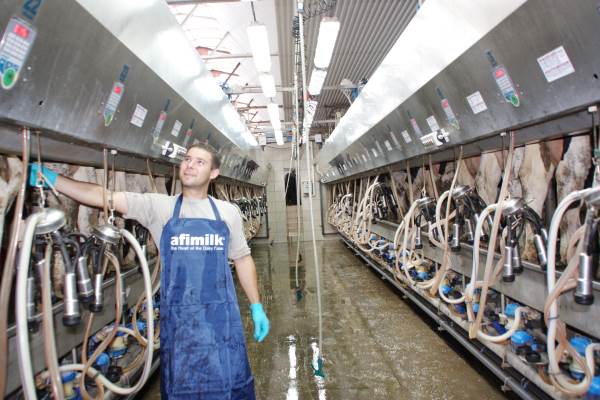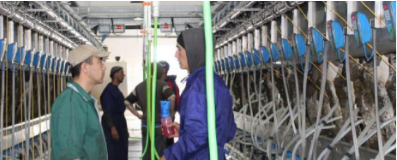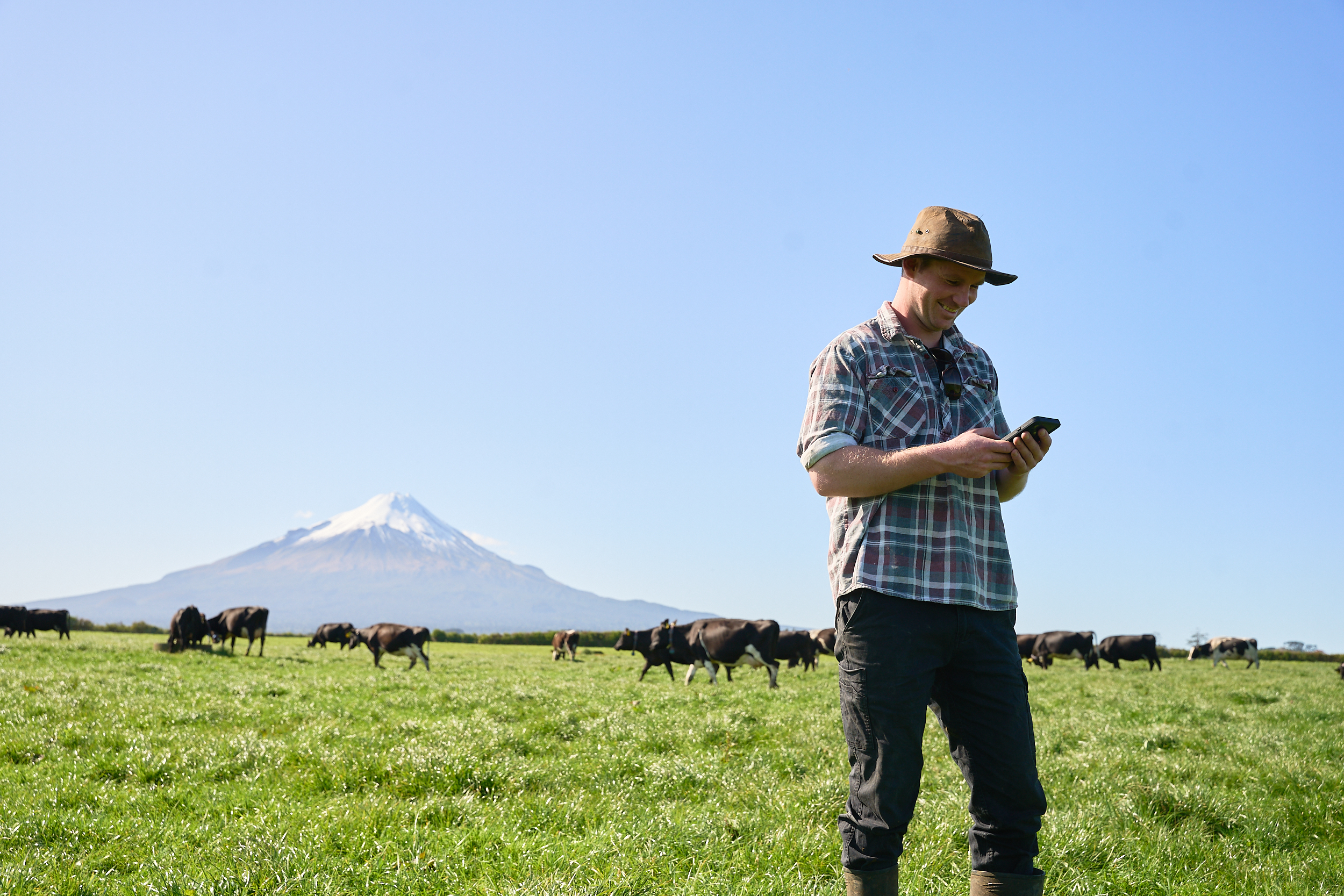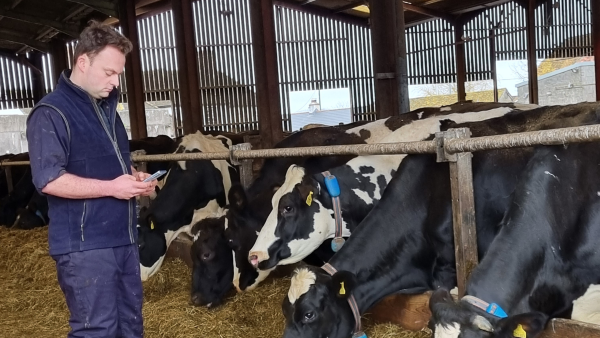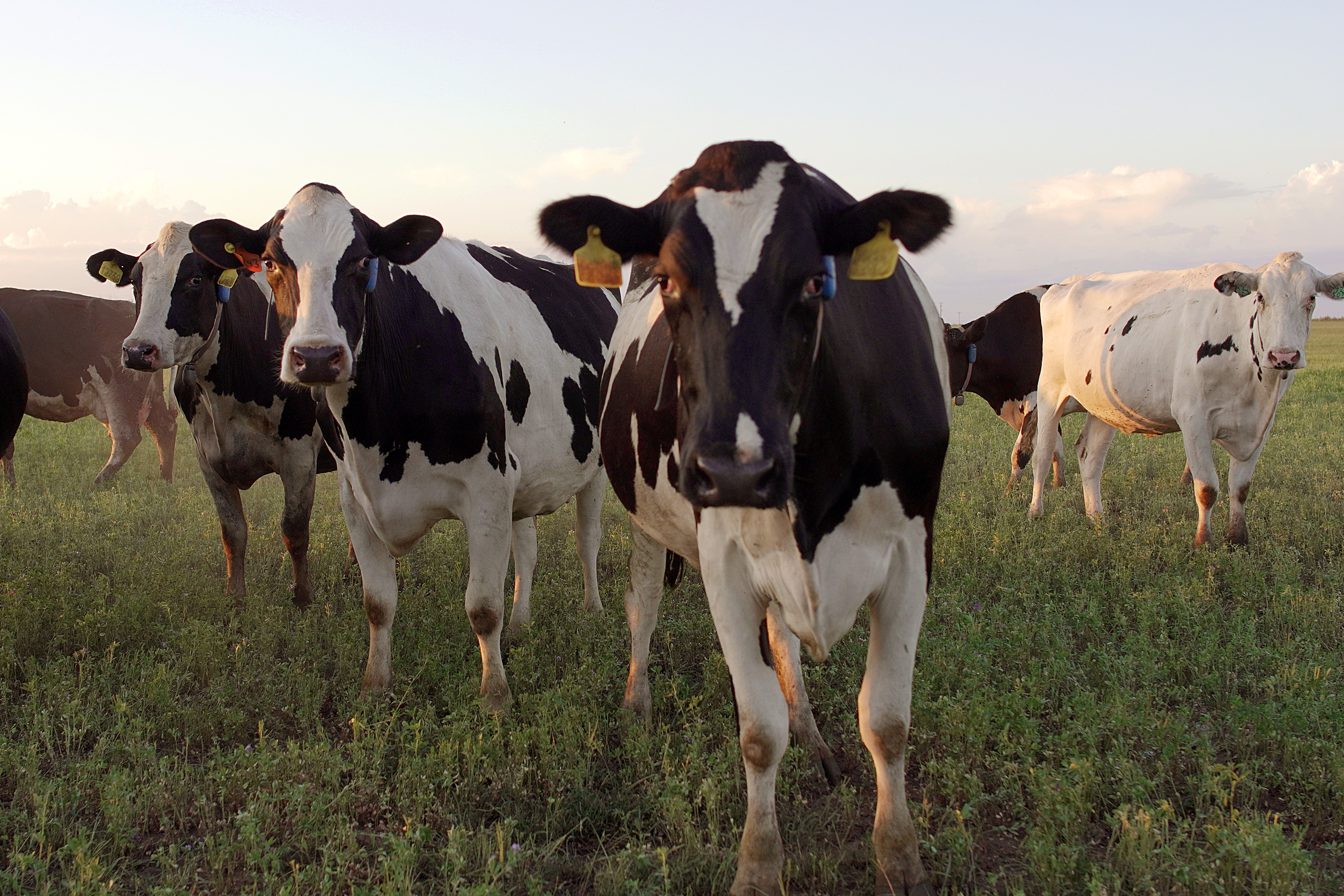Enter an active dairy farm anywhere in the world and you will find several cases of subclinical ketosis among the herd. Ketosis is an unavoidable problem – especially in high-yield postpartum cows, where the high energy needs of a lactating cow and the subsequent inability to get sufficient calories from food intake often result in a negative energy balance.
Studies estimate the prevalence of the condition to be anywhere between 5% to 80%, and around 15% incidence is considered the appropriate time to step in and intervene with a medical or nutritionist-devised treatment plan. Ketotic cows display a reduction in appetite, reduced milk production, lowered immune function leading to higher susceptibility to a variety of diseases (mastitis, metritis, displaced abomasum, etc.) and poor reproductive performance.
The costs of ketosis cases can be steep, with studies estimating the average cost to the farm of each affected cow in the region of $207. Financial loss stems from the reduction in milk yield, the need to treat sick cows, lowered fertility rates, and culling.
As with many aspects of dairy farm management, knowledge is power. The ability to accurately and rapidly detect subclinical ketosis cases in the herd leads to prompt treatment and a lesser economic impact on farm profits. But not all ketosis detection methods are equal.
What causes ketosis?
Dairy cows need a lot of energy to produce milk and this means they have to consume a sufficient amount of high-quality feed. Soon after calving, cows require an additional injection of energy to support milk production. In many cases, especially in high-yield cows, the calories available from the feed are not sufficient in the postpartum period. A lactating cow in negative energy balance will start mobilizing its fat reserves to get the energy it needs. The liver then metabolizes the fat into useful components for energy production – among which is ketones.
When a lot of fat is mobilized, the level of ketones in the bloodstream rises and can overwhelm the liver, resulting in fat accumulation (hepatic lipidosis), as well as reduced milk production, lowered immune health, and other negative impacts.
Subclinical ketosis is defined as a condition where ketone bodies in the blood are elevated but the cow does not display clinical symptoms of ketosis. Subclinical ketosis is often accompanied by other transition cow diseases, such as clinical ketosis, metritis, retained placenta, and left displaced abomasum (LDA). The lack of symptoms makes subclinical ketosis harder to detect.
How is subclinical ketosis detected?
Method one: Testing strips
Testing strips are considered to be the “gold standard” method of ketone detection in dairy farms, even though there are very severe limitations to this method. It involves using testing strips to test levels of ketones in milk, blood, or urine. Most strips measure the presence of the ketone beta-hydroxybutyrate (BHBA) .
On most farms, testing using strips is carried out at specific times after calving. Rather than testing the whole herd, which is expensive and time-consuming, dairy farmers may test only a sample of cows that seem to be showing signs of ketosis as well as cows in risk (calving twins, very fat cows, etc.). As it can take time for ketosis to develop and some cows will subclinical ketosis show no detectable signs, this is an unreliable testing protocol that is sure to result in many missed cases.
Another problem with strip testing is that ketone levels can fluctuate wildly over the course of a day, subject to changes in the cow’s diet, feeding times, and circadian rhythm. This means that testing only once a day is highly unreliable.
Farms that rely solely on periodic ketone testing for ketosis diagnosis usually miss many cases of the disease, with devastating impacts.
Clearly, there is a need for a more effective of detecting ketosis in dairy herds.
Method two: AfiLab’s diagnostic and early detection solution
Dairy farmers who are open to using technology to help them run their farms more efficiently are reaping the rewards of using Afimilk’s AfiLab diagnostic system for ketosis detection. AfiLab is integrated into the farm’s milking system and continually measures the concentration of fat, protein, lactose, and blood in milk. An increase in fat level alongside a decrease in protein level – or in other words, a high fat: protein ratio – has been proven to be a reliable indicator of suspected ketosis.
The advantage of AfiLab is that it tests the milk continuously throughout every milking session, every day of the week. This means that the likelihood of missing any ketosis cases is rare. The system is also non-invasive as it analyzes the milk in the background as cows undergo their regular milking procedures.
Farmers can easily generate a ”suspected cows” report from their Afifarm software, helping them identify exactly which cows require further checking. As well as ensuring that no suspected cases go undetected, the AfiLab report also ensures that farmers no longer have to waste time and resources testing cows that are unlikely to be affected by the disease.
Farmers can rest easy knowing that cows that are affected by ketosis will be reliably flagged by the AfiLab system. Once they have a list of suspected cows they can carry out any further checks needed and provide prompt treatment to restore them to their usual good health, fertility level, and productivity.
Strip testing vs. AfiLab for ketone detection
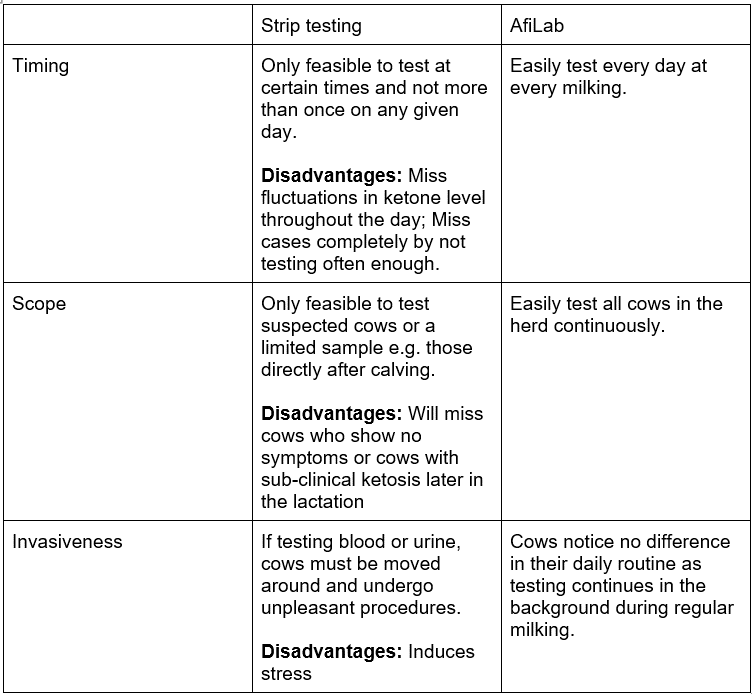
Strip testing vs. AfiLab for ketone detection
A dairy farm that can rapidly, accurately, and non-invasively detect all cases of subclinical ketosis (without the inconvenience and expense of carrying out repeated strip testing) will be a more profitable as well as more efficient farm. Sub-clinical ketosis detection through the AfiLab system is proven reliable, accurate, and fast and is revolutionizing the way that dairy farms across the world detect and manage this pervasive disease.
“With AfiLab we are getting information on every milking every day making us a lot more accurate than we were previously, performing monthly tests only. AfiLab gives me better control of what’s going on- and lets me know exactly what’s happening with every cow. It provides information that’s not available through any other system.”– Gary Van Dyke, Wendell ID, Snake River Holstein’s Farm
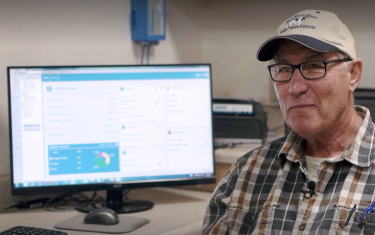
Learn more about AfiLab’s early detection system for ketosis here.
